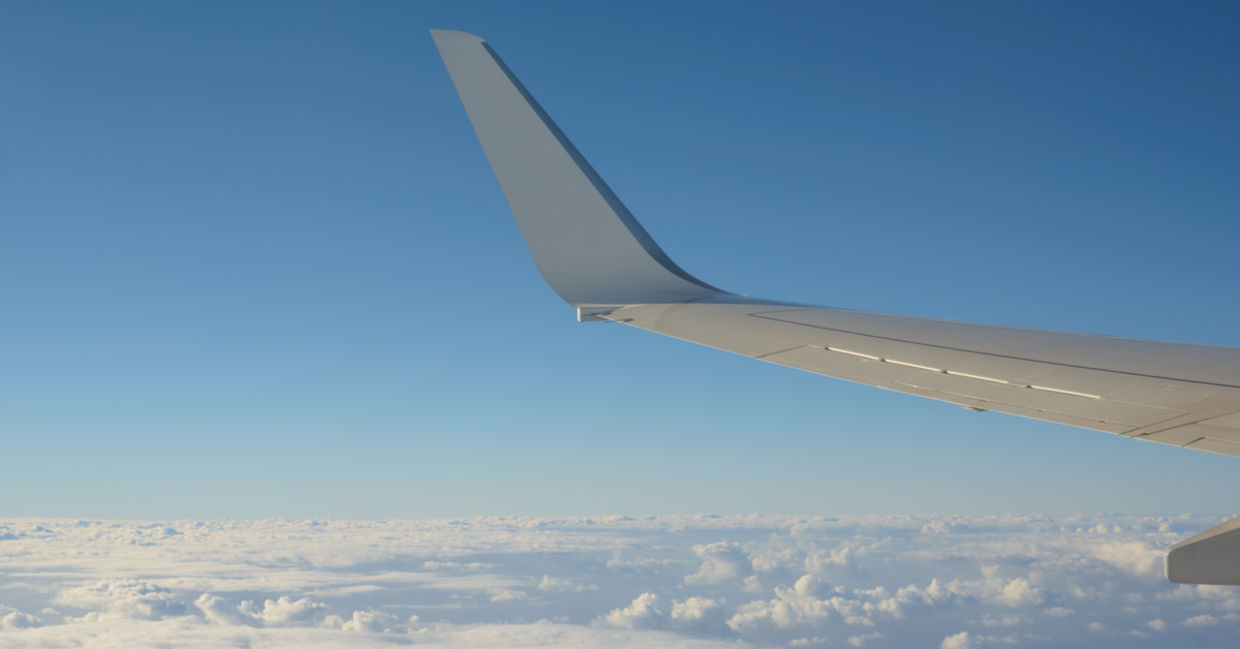
(JordanJoy / Shutterstock.com)
Anyone who has ever sat in a plane knows the awe-inspiring feeling when the wheels first leave the tarmac and you realize that you are actually flying. Air travel would be truly perfect, were it not for the amount of greenhouse emissions put out by planes. Around 2–3 percent of global carbon dioxide comes from aviation and those numbers are growing. The shorter the flight, the less energy efficient (and expensive) the plane is due to the large amounts of fuel used in taking off.
Taking a lesson from developments in car technology, electrifying planes would be the next logical step to green up the aviation industry. The idea is not new and has actually been around for decades. The only thing missing is a battery strong enough to get a plane in the air.
Yet-Ming Chiang, a materials science professor at MIT and serial battery entrepreneur, and Venkat Viswanathan, assistant professor of mechanical engineering at Carnegie Mellon are working to develop that elusive battery.
The problem with existing batteries is that even the most powerful batteries can’t deliver the massive amount of power needed at takeoff. If you tried to use a standard Tesla-style battery during take-off, "you would fry the battery," Viswanathan told MIT Technology Review.
Viswanathan and Chiang are now collaborating with 24M, a lithium-ion battery manufacturer Chiang cofounded in 2010, and Zunum Aero, an aircraft startup based in Washington, to develop and test prototype batteries specifically designed for the needs of an advanced short commute hybrid plane.
Over a dozen companies, including Uber, Airbus, and Boeing, are already exploring the potential to electrify small aircraft, but most are focussing on small one-to-two seater ‘air taxis’ that would do little to put a dent in pollution from aviation.
Viswanathan and Chiang have much higher goals. Initially, they are developing a battery that could power a 12-person plane with 400 miles (644 kilometers) of range, but eventually, they hope to power an electric plane that could hold 50 passengers. These planes would still have to a combustible engine and carry fuel due to US Federal Aviation Administration regulations, but the fuel would not have to be used in a routine flight.
Working with Zunum Areo was a perfect match for the researchers. In its launch press release, Zunum announced that their first hybrid-electric aircraft that seats 12 will be available for delivery in 2022. The company secured capital from Boeing, JetBlue, and Washington State’s Clean Energy Fund. JetSuite, a private charter jet company, has already committed to purchasing 100 of the planes once they are ready. All that is missing is the battery.
The batteries are still in the research stage and it will take years if not decades until they will be powerful enough to get a plane in the air. Other technical advances are also necessary before electric airplanes are a reality. The weight of the battery will have to be reduced and airplanes will likely have to be completely redesigned.
Viswanathan said that he and Chiang will continue to develop their battery. Even if another battery researcher finds a way to power long-distance flights, it would still need the pair’s technology to get off the ground.
While we might still have to wait a good few years to see the first electric plane take to the skies, it’s comforting to know that some of the brightest heads in the world are working on a solution that will eventually benefit us all.
YOU MIGHT ALSO LIKE:
Dutch Drivers Can Soon Charge Their E-Cars at Every Mcdonalds
California's Carbon Emission Have Fallen to Below 1990 Levels
These Drones Can Plant 100,000 New Trees per Day







